Contribute
| India British Period (1800 CE-1947 CE) – Science And Technology |
Bijoy Misra
03/09/2023
India British Period (1800 CE-1947 CE) – Science and Technology
Bijoy Misra
Science in India had moved to alchemy during the Moghul Period. Fundamental mathematical and astronomical calculations continued in several pockets until the traders showed up. East India Company and then the British Empire brought their own young men from England to survey India’s hills, rivers, minerals and vegetation in search of raw materials for British industry. The native India recovered through the efforts of a few individuals.
William Lambton (~1751-1823), a British soldier turned surveyor, led the land survey of India measuring each hillock including the Mount Everest. Radhanath Sikdar, a mathematician, acted as an Assistant to the project. The massive “Plantae Asiaticae Rariores†(Figure 1) was compiled in three volumes with a catalog of 20,000 specimen plants from Indian subcontinent. They were published by Nathaniel Wolf Wallich (1786-1854), a Danish surgeon and a botanist. A survey of the mammals and birds was prepared by the geologist W. T. Blanford (1832-1905) under the title “The Fauna of British India, including Ceylon and Burmaâ€. The geological map was produced by Henry Wesley Voysey (1791-1824), a surgeon. These catalogs still serve as reference books in India.
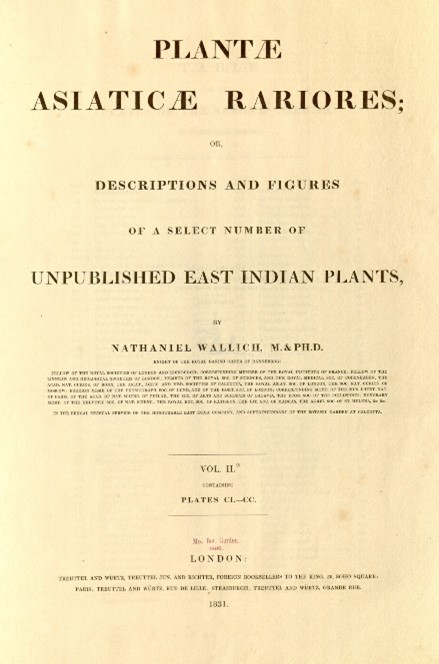
Figure 1. The front cover of the Plant catalog, published 1831 CE.
Henry Blanford created the first scientific report on the Monsoons in India (1875). He established the India Meteorological Department. John Eliot (1839-1908), the next Director, studied tropical disturbances and cyclones. Some of the reports are still studied today. The Geological Survey of India was organized in 1851 under the leadership of Thomas Oldham (1816-1878). Coal, iron, mica, bauxite and manganese were mined and exported to England. Export of minerals continues to be used as a revenue producer in free India.
The British scuttled Indian textile industry by cutting away the fingers of the muslin weavers in Dacca (currently in Bangladesh). The consumer textile was imported from England. The massive railway network in India is a relic of the British engineering in India. Though designed for transporting goods to the ports for onward transmission to England, the railway network continues as the foundation of India’s transport system. Milling technology was imported and was applied to grains and oil seeds. Infrastructure civil engineering works included ports, bridges, irrigation projects and memorial monuments (Figure 2). The health system in the country faltered. Infant mortality increased and longevity declined.
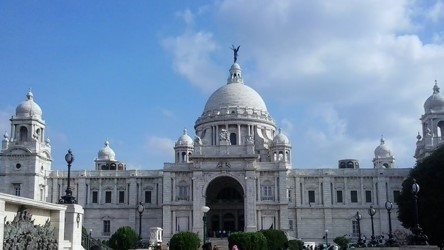
Figure 2. Victoria Memorial in Kolkata, 1921
Indian Association of Cultivation of Science was established in Calcutta in 1876 through the personal funds of Dr. Mahendralal Sarkar, a physician. Another entrepreneur Jamsetji Tata (Figure 3) established the first steel mill in India in Jamsedpur in 1907 and followed up establishing the first science education institution Indian Institute of Science in 1908. Bose Institute, a multidisciplinary research institution was established by Acharya Jagadish Chandra Bose (1858-1907), who showed the plants much closer to the animals than previously believed.
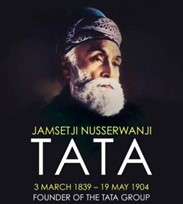
Figure 3. Commemoration of Jamsetji Tata
Physicist Sir C V Raman (Figure 4) did his research work at these premises and won Nobel Prize in 1929.
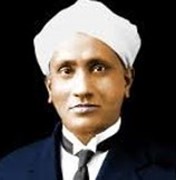
Figure 4. Physicist Nobel Laureate C. V. Raman
An astronomical treatise was produced by Samanta Chandraskhara (1835-1904) (Figure 5) in Puri. He helped correct the Almanac errors that had continued because of the locational coordinate errors. Prafulla Chandra Roy (1861-1944) helped establish the Indian indigenous chemical industry to compete with the British imports. Meghnad Saha (1893-1956) worked on the thermionic emissions and star identification through temperature. Saha Equation is used as a standard tool in modern Astrophysics to calculate the degree of ionization of the gases in the star to be in thermal equilibrium. Satyendra Nath Bose (1894-1974) (Figure 6) studied general relativity and eventually developed statistics to define the quantum states of identical particles like photons. The work is popularly known as Bose-Einstein statistics in Physics.
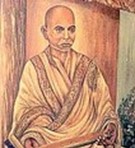
Figure 5. Astronomer Samanta Chandrasekhara
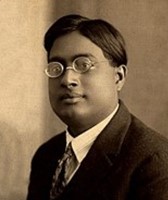
Figure 6. Physicist Satyendra Nath Bose
Srinivasa Ramanujan (1887-1920) (Figure 7) has been called the “boy wonder†in mathematics. He wrote elaborate mathematical formulas through intuition, claiming as “vision.†Denied of higher education, he was noticed by the mathematician Thomas Hardy to visit Cambridge University and publish papers. Prasanta Chandra Mahalanobis (1893-1972) (Figure 8) helped establish the modern quantitative tools in statistics. The method of creating a non-dimensional metric to quantify the scatter in data is a standard tool in Statistics.
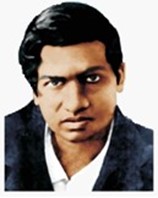
Figure 7. Srinivasa Ramanujan, the Indian mathematician
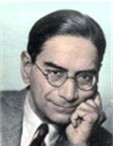
Figure 8. Prasanta Chandra Mahalanobis, the founder of modern statistics
References:
1. The Cultural Heritage of India, Volume VI, Science and Technology, The Ramakrishna Mission Institute of Culture, Calcutta, 1937, reprinted 1986.
2. A Concise History of Science in India – Edited by D.M.Bose, S.N.Sen, B.V. Subbarayappa, Orient Black Swan, 2009.
3. IDC Presentation Fall 2019 https://www.indiadiscoverycenter.org/british-period-science-and-technology/
-------------------------------------------
Dr. Bijoy Misra serves as the President of India Discovery Center and leads the Science and Technology track in the project on "Evolution of Indian Culture: Pre-history to 1947AD"
More information and updates on the project are available at https://www.facebook.com/Evolution-of-Indian-Culture-An-IDC-Project-107749391111922
More information on India Discovery Center is available at https://www.indiadiscoverycenter.org
(c) Copyright 2023 India Discovery Center, Inc. All rights reserved.
You may also access this article through our web-site http://www.lokvani.com/








